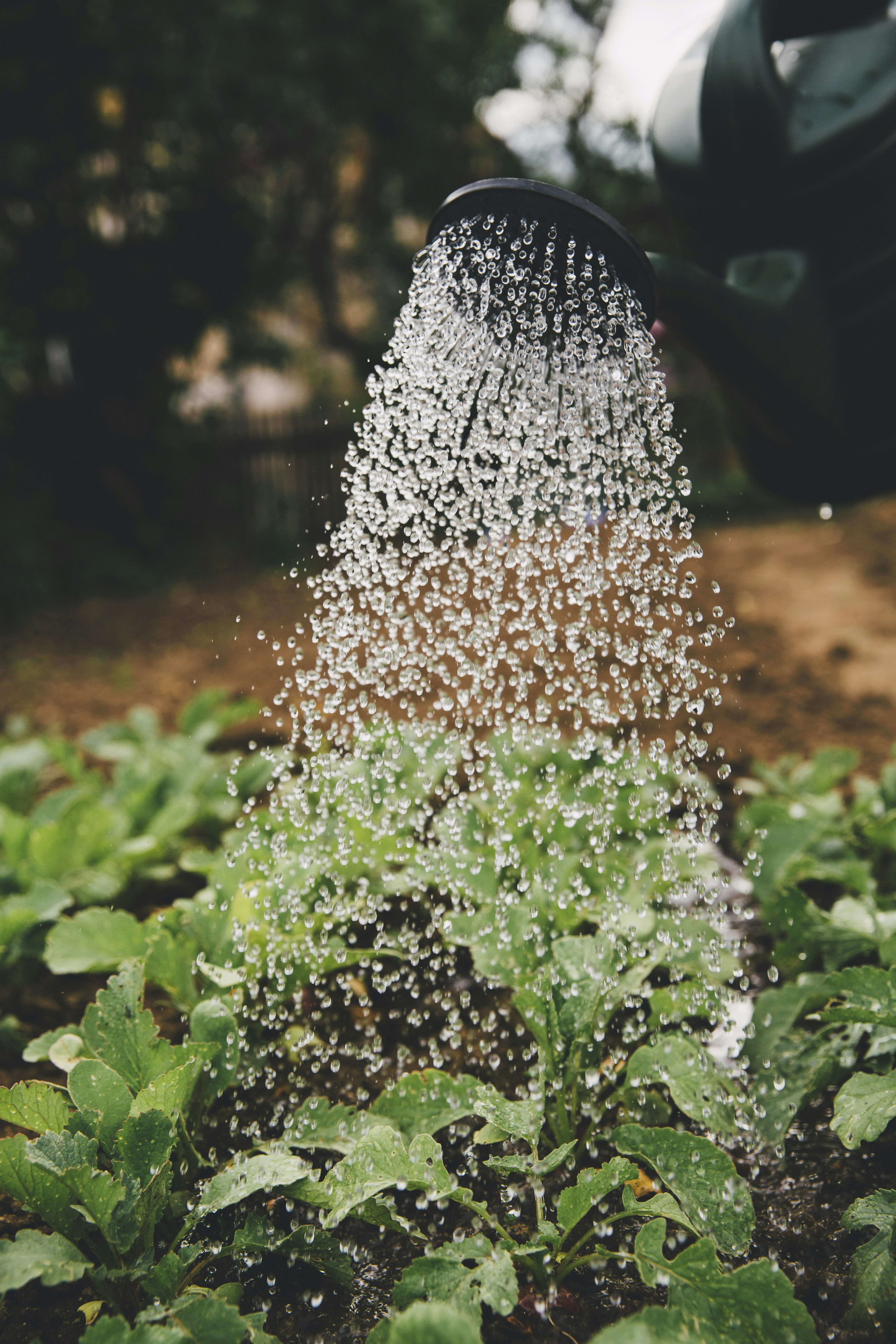Garden Soil 101
Flourishing gardens begin at the roots. Here are the essential ground rules for preparing your soil.
Gardeners often overlook the impact soil has on the health and vigor of their plants. Soil preparation might not be the most exciting aspect of gardening, but it is undoubtedly one of the most crucial. If your soil isn’t right, your garden will struggle to reach its full potential.
Soil Preparation
Start by digging up a scoop of soil and examining its texture in your hands.
“A garden is a reflection of the quality of its soil. Gardens filled with beautiful soil have a vitality about them that we can almost feel,” says landscape designer and author Jan Johnsen.
Achieving that vitality requires understanding the chemistry and composition of your soil and creating the perfect environment for fertile plant growth. Good soil management is a continual process, but once you attend to the basics, your soil will do most of the work itself.
6 Basics of Healthy Soil
-
Know Your Soil Type
-
Before planting, dig up a scoop of soil and examine its texture. Is it dense and heavy, clumping together when wet? Or is it loose and free-flowing, like play sand? Perhaps it’s somewhere in between, feeling somewhat sticky but crumbling easily, like a freshly baked cookie.
-
All soils are a mixture of mineral particles—primarily clay, sand, and silt. Each type affects density, drainage, and nutrient-holding capacity. Knowing your soil type helps you understand its trade-offs and how to manage it.
-
-
Test the pH of Your Soil
-
Soil pH is crucial for determining its fertility. Most plants prefer slightly acidic soils (pH 6-7) as important nutrients dissolve readily in that environment. If the soil is too acidic or alkaline, plants may receive too much or too little of certain nutrients.
-
Test your soil pH using a DIY kit or professional analysis. Adjust pH levels by adding lime for acidic soils or sulfur for alkaline soils.
-
-
Amend with Organic Matter
-
Adding organic matter improves any soil type by enhancing water-holding capacity in sandy soils and loosening clay soils. Common amendments include composted yard waste, manure, and fallen leaves.
-
Amend soil in the fall to allow organic matter to decompose before spring planting. Use a garden fork to mix it into the top 4-6 inches of soil.
-
-
Enlist the Help of Microorganisms
-
Think of soil as a microscopic world teeming with organisms that convert dead leaves and plant debris into nutrients. Encourage soil life by keeping soil moist and aerated, and minimizing pesticide use.
-
Use organic fertilizers and slow-release formulas to promote healthy soil ecosystems.
-
-
Mulch with Care
-
Mulching adds organic matter without disturbing plant roots and helps retain moisture, suppress weeds, and keep soil cooler. However, using the wrong mulch or applying it too thickly can harm plants.
-
Choose mulches wisely and apply them in a way that benefits your garden’s specific needs.
-
-
Favor a No-Till Approach
-
Tilling can disrupt soil structure and the activities of beneficial organisms. While tilling may be necessary for compacted soil or new garden beds, it’s often best to let nature improve soil structure over time.
-
Avoid frequent tilling to maintain a healthy soil ecosystem and reduce weed growth.
-
By understanding your soil and implementing these practices, you can create a thriving garden that reaches its full potential.
